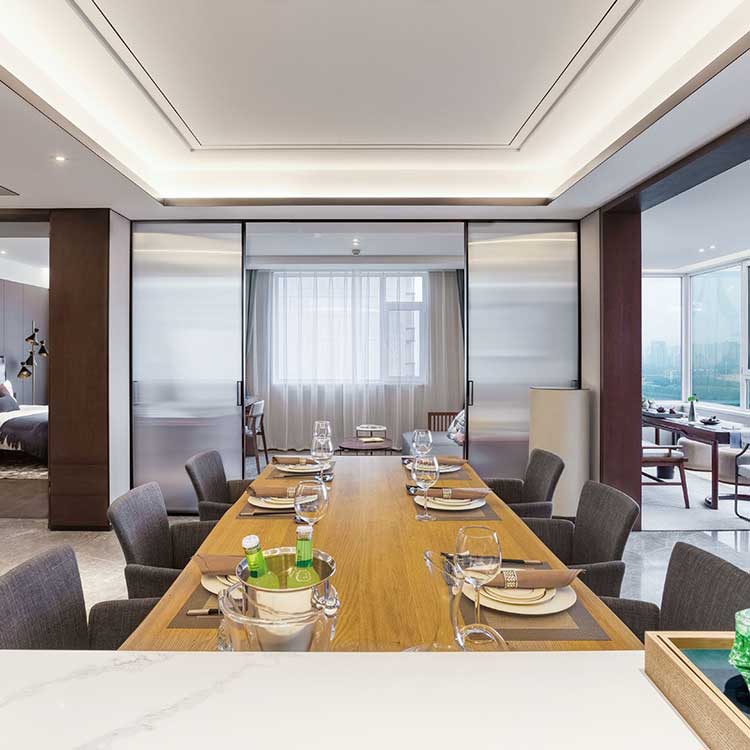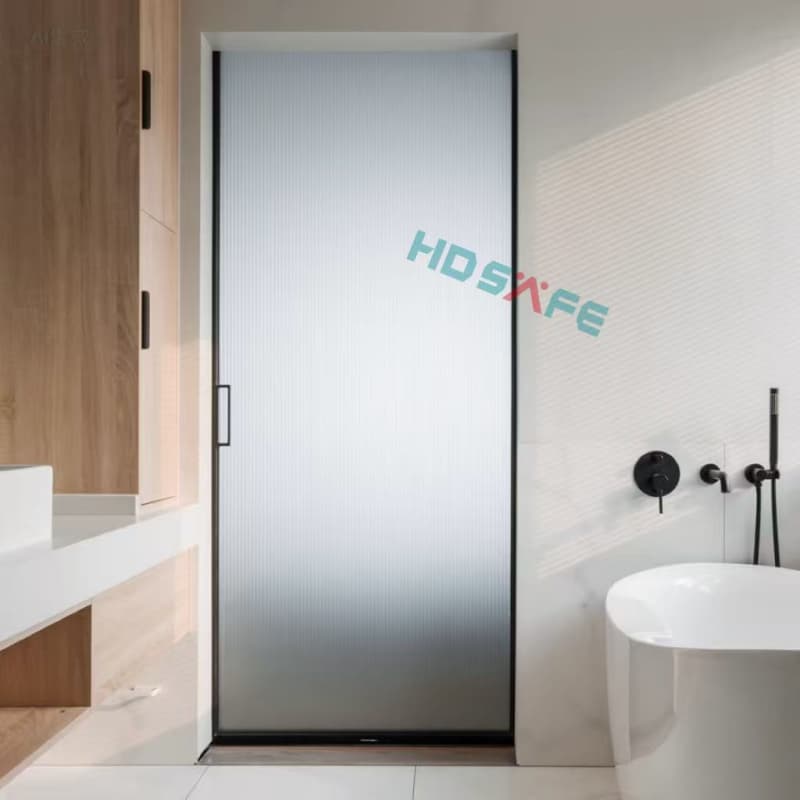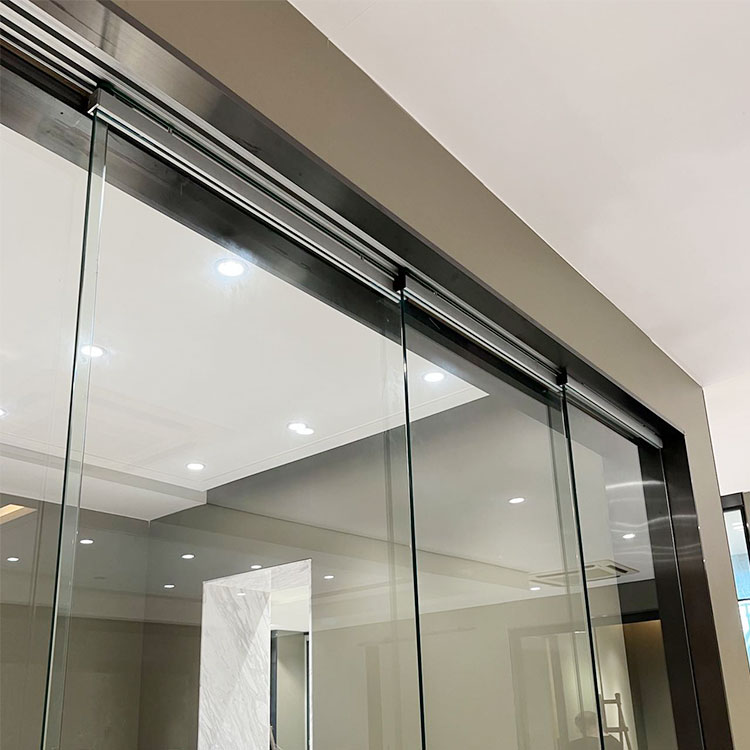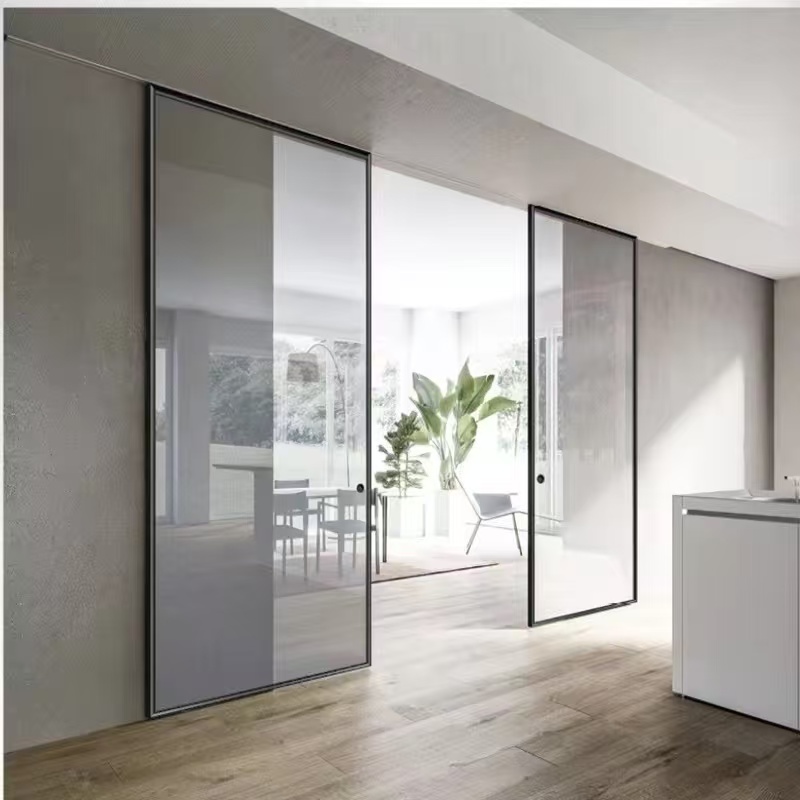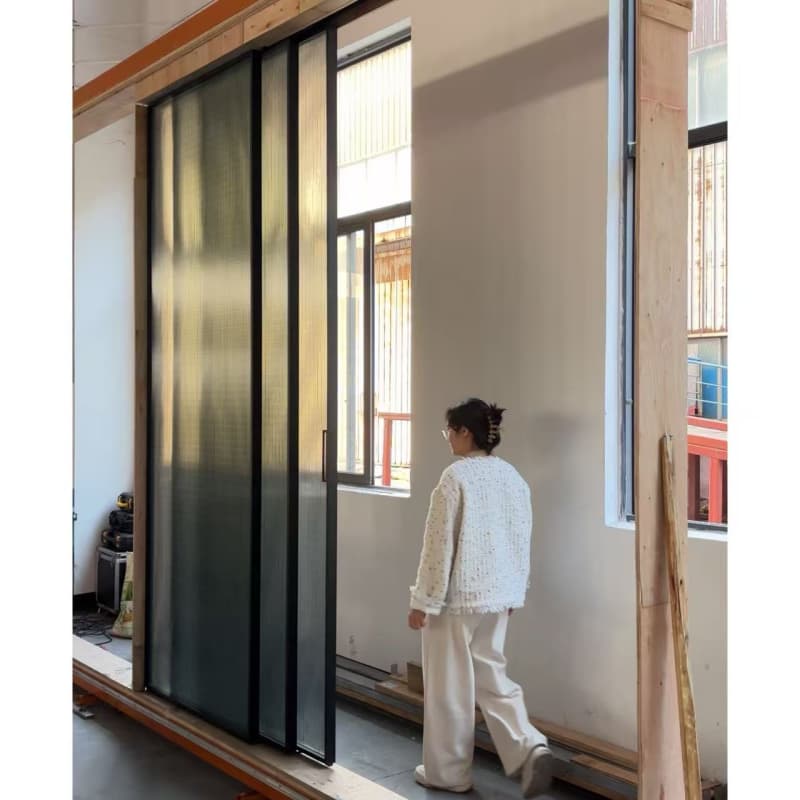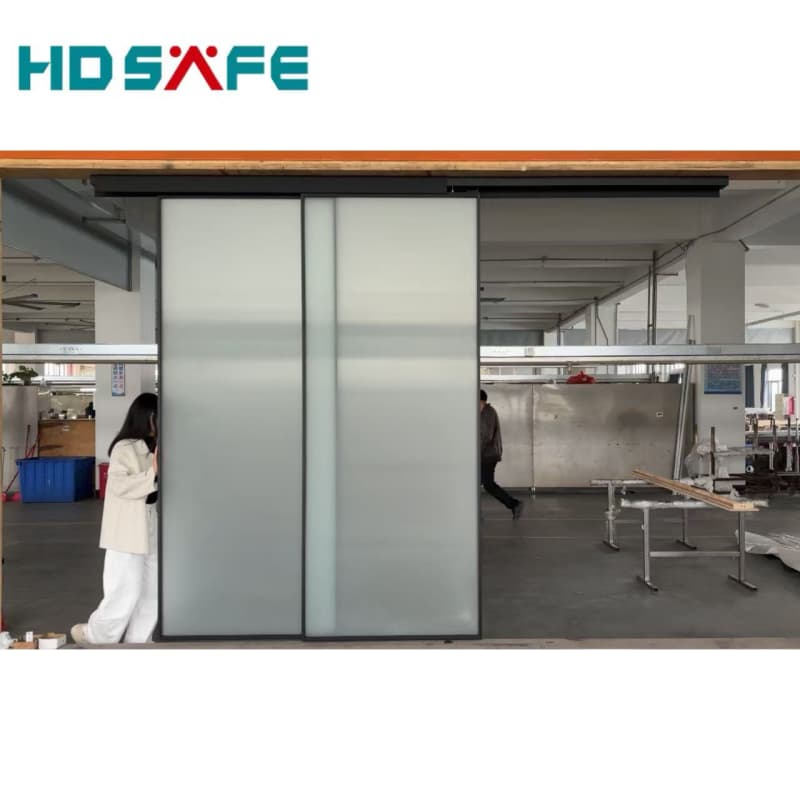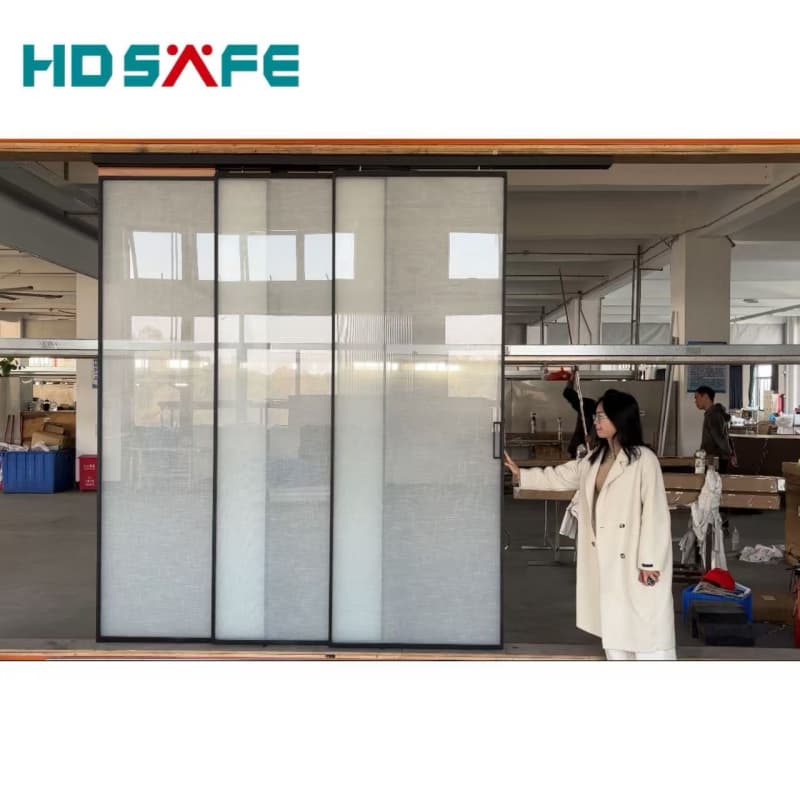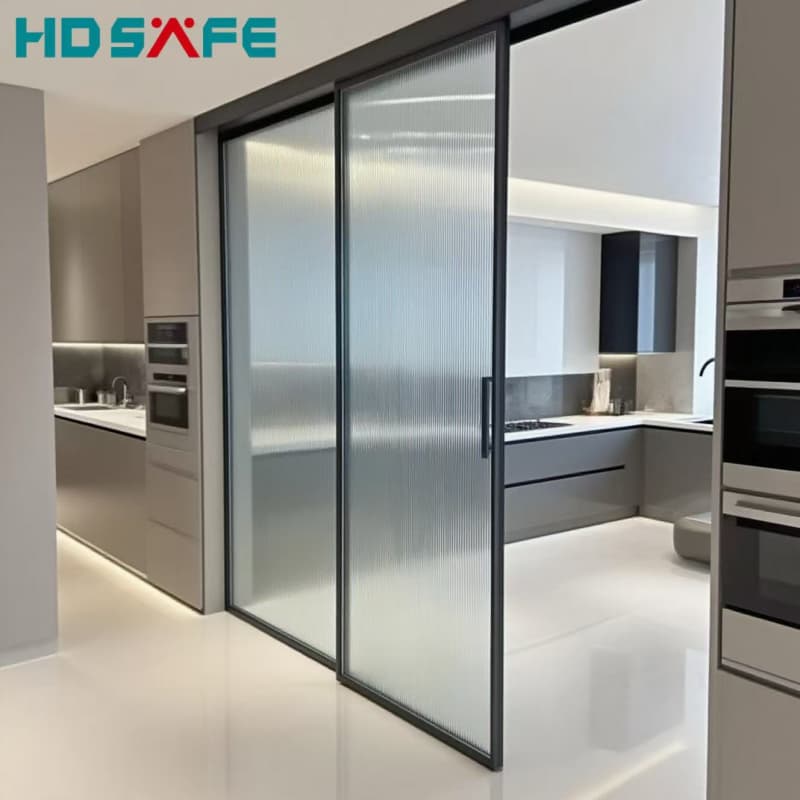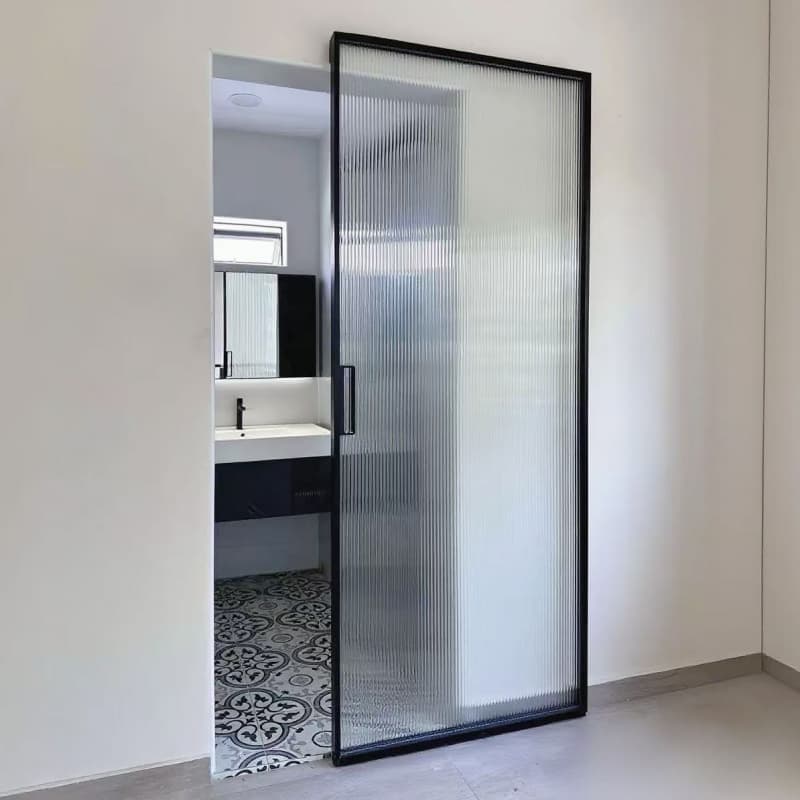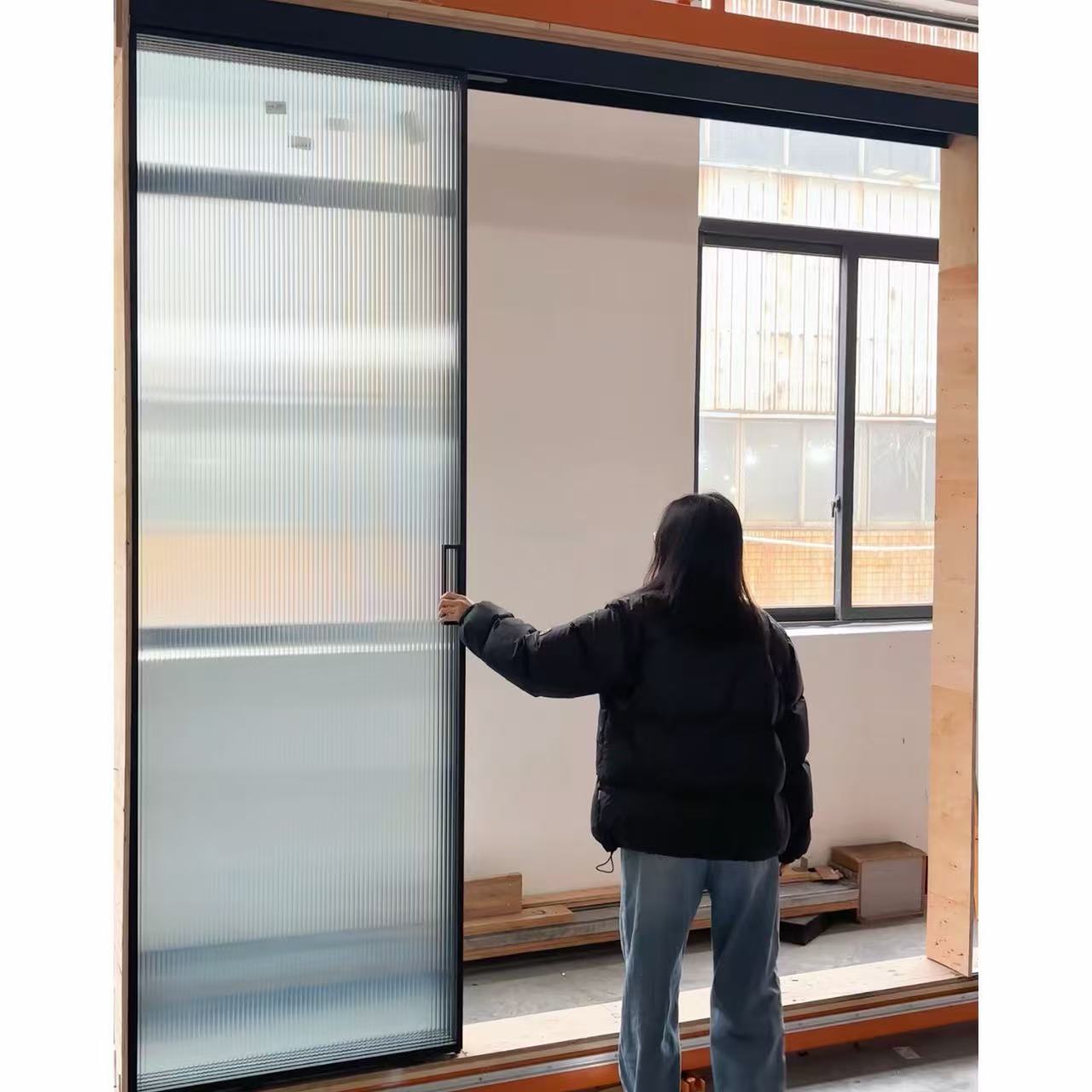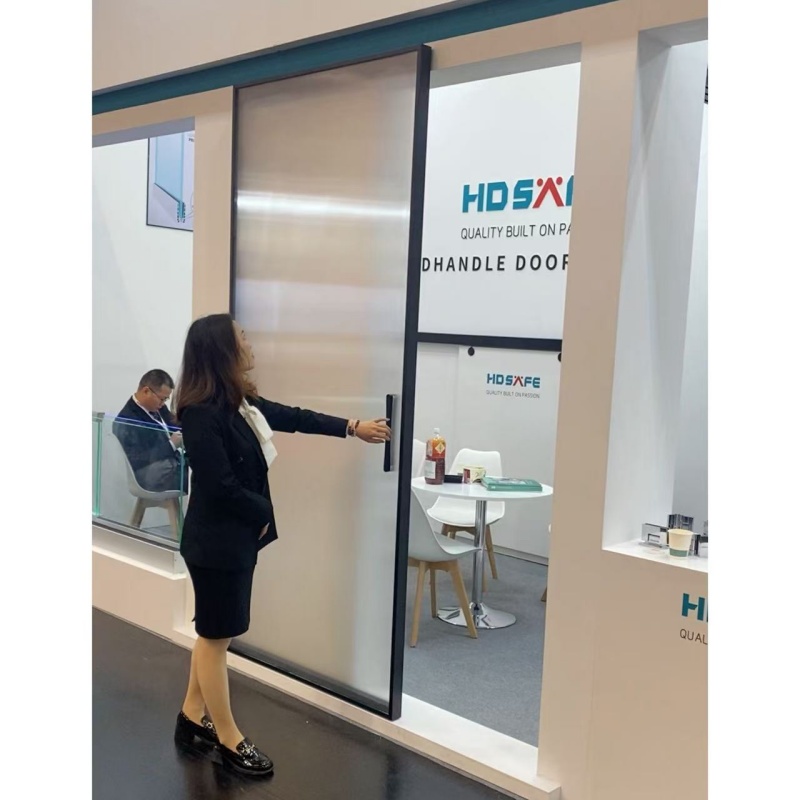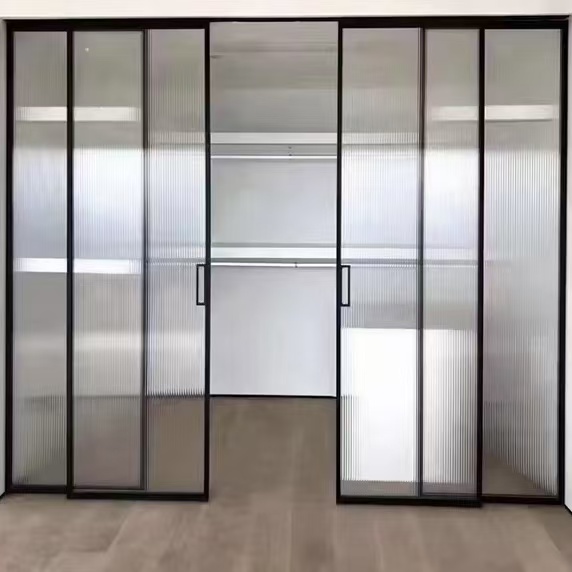
Tempered glass is safety glass. Tempered glass is actually a kind of prestressed glass. In order to improve the strength of the glass, chemical or physical methods are usually used to form compressive stress on the surface of the glass. When the glass is subjected to external force, the surface stress is first offset, thereby improving the bearing capacity and enhancing the resistance of the glass itself. Wind pressure, cold and heat, impact, etc.
Features Advantages:
The first is that the strength is several times higher than that of ordinary glass, and it is resistant to bending.
Second, it is safe to use. The increased bearing capacity improves the brittleness. Even if the tempered glass is damaged, it will be small fragments without acute angles, which greatly reduces the damage to the human body. There is an increase of 3 to 5 times, and it can generally withstand a temperature difference of more than 250 degrees, which has a significant effect on preventing thermal explosion. It is a type of safety glass. To ensure the safety of qualified materials for high-rise buildings.
Detailed features:
When the glass is damaged by external force, the fragments will become honeycomb-like small obtuse particles, which are not easy to cause harm to the human body.
foldinghigh-resistance
The impact strength of tempered glass with the same thickness is 3 to 5 times that of ordinary glass, and the bending strength is 3 to 5 times that of ordinary glass.
Folding Thermal Stability
Tempered glass has good thermal stability, and the temperature difference that can withstand is 3 times that of ordinary glass.
Can withstand 200 ℃ temperature difference.

use:
Flat tempered and curved tempered glass are safety glass. Widely used in high-rise building glass doors and windows, glass curtain walls, indoor partition glass, lighting ceilings, sightseeing elevator passages, furniture, glass guardrails, etc.





 Home
Home Feb 17,2022
Feb 17,2022 
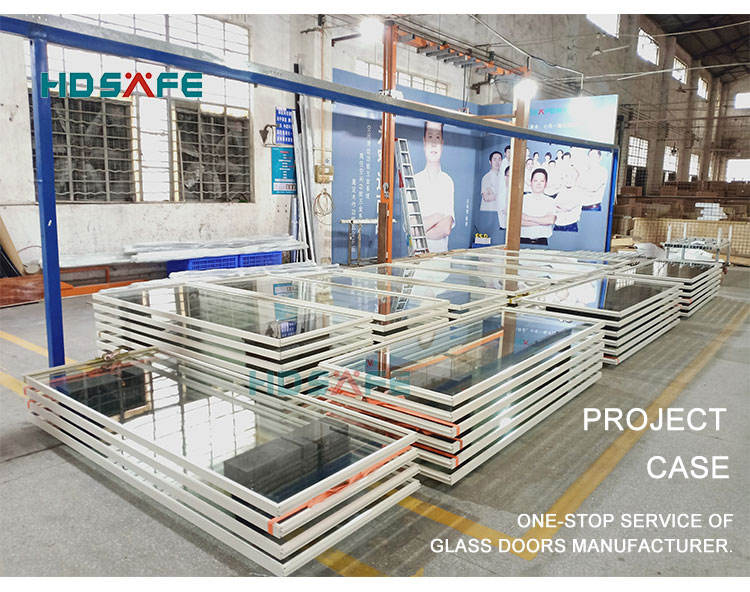
 HDSAFE Sliding Door Precautions
HDSAFE Sliding Door Precautions 


